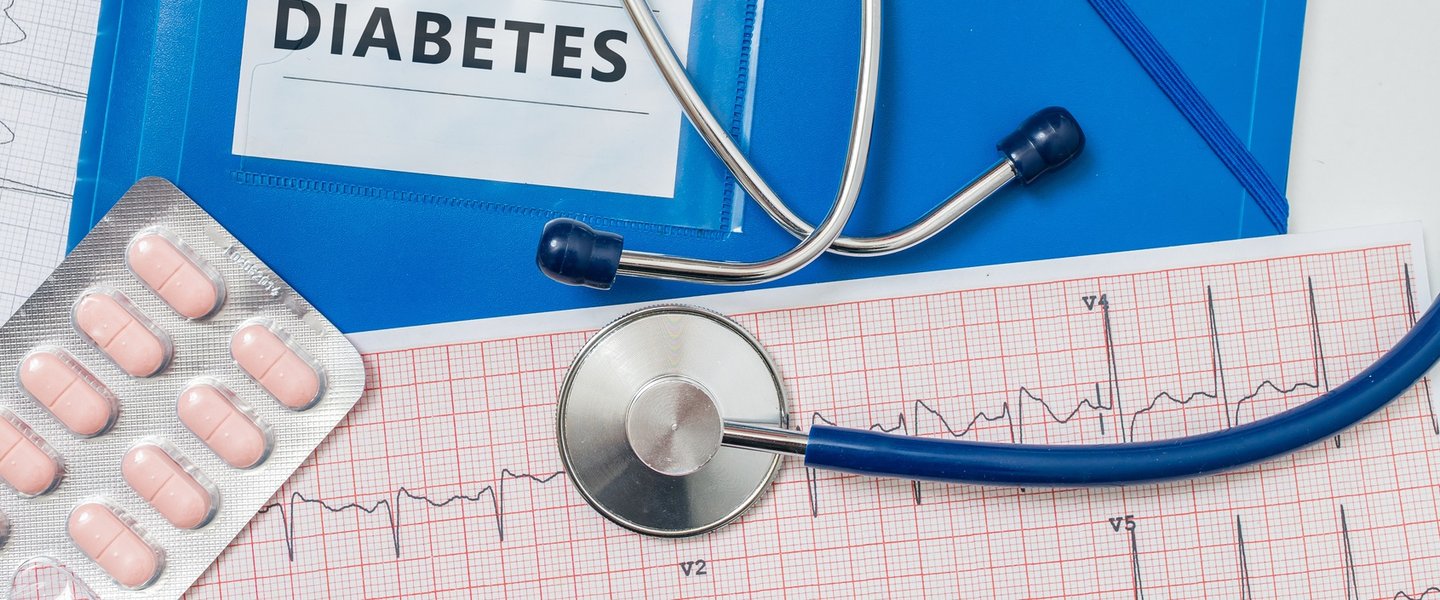Glucose testing without the finger-prick
A Polish glucose meter that tests blood sugar without the finger-prick has the potential to become a global hit.
iSULIN is worn on the forearm almost like any other ordinary telemetric band. But this device is a far cry from the typical electronic gadgets used by marathon or Sunday runners and which usually only measure blood pressure and, sometimes, oxygen saturation. Designed by five engineers at the Military Institute of Technology (WAT), the device can “look” inside the body through the skin and measure the level of glucose in the blood—without pricking fingertips or using control strips or pads.
This unique technology relies on photoplethysmography which monitors changing blood flows in peripheral vessels located just beneath the skin. This method involves measuring the absorption of light by tissues: a sensor projects light onto the skin that is reflected off tissues and returns to the device. Mariusz Chmielewski PhD Eng. of WAT’s IT Systems Institute and the leader of the inventors’ team, explains that their reflection method is harder to analyse than other solutions tested worldwide, but it is more user-friendly for the patient.
The signal is then transferred to a smartphone app for it to be processed and computed by special algorithms to indicate a blood sugar level. It is essential to ensure that the system is properly calibrated because the analysed changes are very subtle and form an individual pattern in each person. Accordingly, to make iSULIN work properly, its users should perform 20-40 parallel non-invasive tests as well as pricks (for comparison) over a few days. After this time the glucose metre will have “learnt” how to analyse health parameters of an individual and will have created his or her profile, which will enable regular testing.
iSULIN isn’t only about tests, it also offers an array of tips and recommendations for diabetics. The app can suggest the right diet or remind—with a smartphone alert—that it’s time for a meal or for another dosage of drugs. Its users will also be able to learn about the relation between changes in their blood sugar levels and their lifestyles, thanks to parallel readings of blood pressure and oxygen saturation.
“iSULIN is meant not only for patients, but also for medical practitioners and dieticians,” Chmielewski tells Poland.pl. “We want our specialists to be able to have access to the medical history of the patients and to act on such data, selecting treatment and a diet that will be right for the patient. The information stored on a server will be accessible to both patients and their doctors. Now we’re building a server infrastructure that would support such demands,” he adds.
In a life threatening situation, when the system records excessive blood sugar levels and other disturbing readings, iSULIN will automatically alert a predetermined person or the appropriate rescue services.
The device is expected to cost a few hundred zloty.
Aleksandra Stanisławska
22.06.2016







